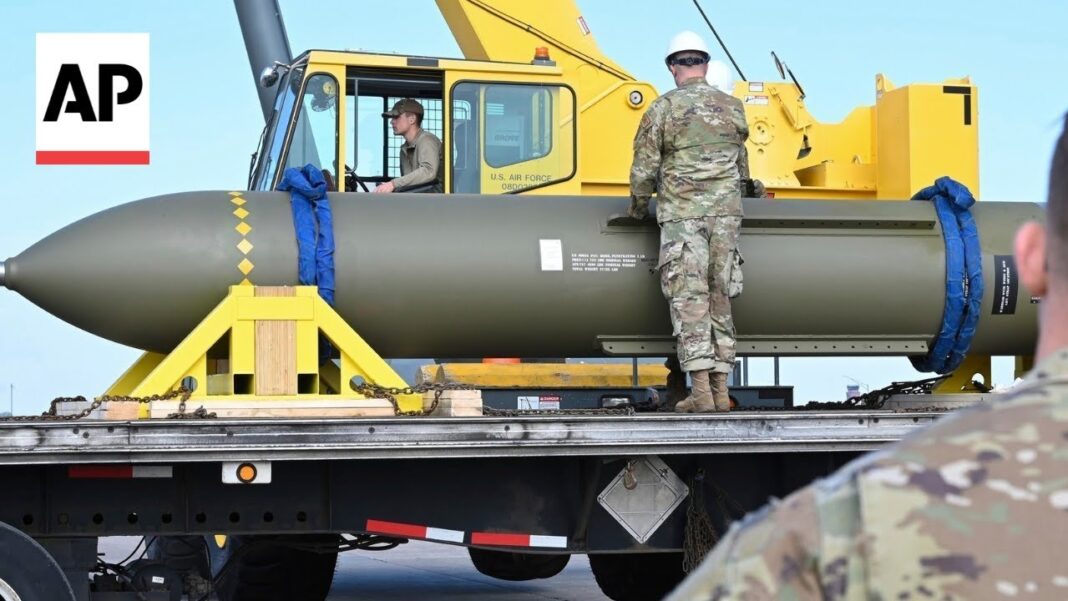Jerusalem attempted to strike at the heart of the Tehran’s atomic ambitions during its missile assault on Friday.
Israel’s strikes on Iran on June 13 were conducted with the expressly stated aim of preventing Iran from developing a nuclear weapon.
During what has been code-named “Operation Rising Lion,” a reference to a Biblical verse from the Book of Numbers, the Jewish state hit numerous targets, including some nuclear facilities integral to the Islamic regime’s atomic ambitions.
But how successful has Jerusalem’s lightning strike been in achieving its aims?
Nuclear Sites Hit
Before the strikes, it was known that Iran was enriching uranium to up to 60 percent purity, which could easily be further refined to the 90 percent purity needed to make the radioactive element weapons grade.
Most civilian nuclear power reactors for creating electricity—Tehran’s publicly stated reason behind their facilities—require uranium to be enriched to between 3 and 5 percent purity, according to the World Nuclear Association.
Iranian leaders have repeatedly said they maintain a peaceful nuclear energy program, but resumed producing highly enriched uranium in 2018.
In February, the United Nations’ nuclear watchdog, the International Atomic Energy Agency (IAEA), assessed that Iran had stockpiled about 605 pounds of 60-percent-enriched uranium.
On June 13, the IAEA said two Iranian nuclear facilities sustained damage during the attack, but the exact extent remains unclear.
Those sites were the Natanz Nuclear Facility and Esfahan Nuclear Technology Center.
This is what is known so far about the impact of the strikes.
Natanz
The Natanz Nuclear Facility, officially the Shahid Ahmadi Roshan Nuclear Facilities, is located near the city of Natanz, around 180 miles south of Tehran.
According to the IAEA, Israel’s strikes “destroyed the above-ground part of the Pilot Fuel Enrichment Plant, one of the plants at which Iran was producing uranium enriched up to 60 percent.”
The watchdog said that the facility’s electricity infrastructure, including an electrical sub-station, a main electric power supply building, and emergency power supply and back-up generators, had also been obliterated.
IAEA Director General Rafael Grossi said in a statement to the agency’s board of governors in Vienna on June 16, that though the surface level buildings sustained demage, “there has been no indication of a physical attack on the underground cascade hall containing part of the Pilot Fuel Enrichment Plant and the main Fuel Enrichment Plant.”
However, Grossi added that the loss of power to the cascade hall may have damaged the centrifuges located there.
So far as the level of radioactivity outside the site, the IAEA said that it had remained unchanged at normal levels, suggesting no immediate threat to the local population or environment.
Inside the facility, Grossi said there was “both radiological and chemical contamination.”
Grossi later told the BBC it was likely that all of the roughly 15,000 centrifuges—the machines used to enrich uranium—operating at Natanz were badly damaged or destroyed because of the power outage.
On June 17, the IAEA posted a message on X stating: “Based on continued analysis of high-resolution satellite imagery collected after Friday’s attacks, the IAEA has identified additional elements that indicate direct impacts on the underground enrichment halls at Natanz.”
By Guy Birchall






